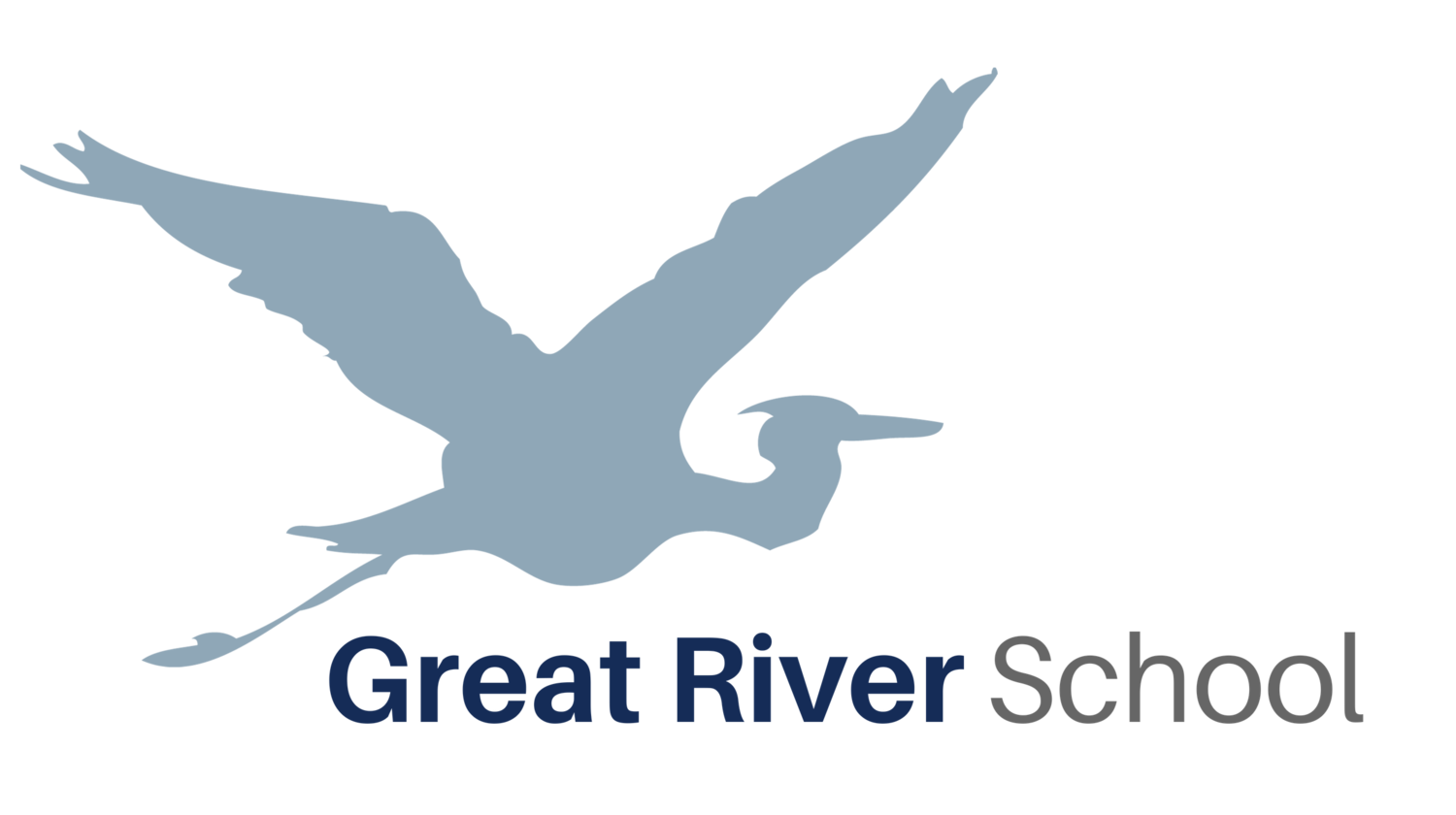by Jenna Laffin (Minnesota River Guide)
Let’s build the biggest polygon we can!
Let’s use ALL the bead bars in our next problem!
Let’s do all the pin maps at once and build a map of the world!
Building the biggest polygon possible
Elementary children are particularly interested in discovering the “how” and “why” of the world around them. They ask big questions, and only by doing “big work” can they begin to answer these questions for themselves. That’s why statements like the ones above are so common in a Montessori classroom; after giving the children a key to understanding a concept it is almost a given that they will want to challenge themselves to the maximum extent. The children naturally want to explore, completing their work due to internal motivation and enthusiasm rather than to gain adult approval. They choose projects of greater difficulty and requiring more dedication and focus than we could create for them.
In Minnesota River, a group of first- and second-year students had eagerly been working on pin maps early in the school year. At one point, one of them suggested that they collaborate and finish all of the pin maps at the same time and put them together to show every country, capital city, major land form, and waterway of the world. They were thrilled when they accomplished this task over the course of a few days, and gave their classmates a tour of what they had done. A few weeks later, the six boxes of pins from the different continents got hopelessly mixed together and were out of commission for a few days—separating hundreds of small flags seemed an onerous task. But when this same group of students discovered the problem, they joined together to separate out the pins in just a few hours as the names were now so familiar to them. We did not ask the children to fill out a worksheet listing all the countries in the world, or give them a test on capitals. We did not require them to sort by color or alphabetize the pins, activities that they chose on their own to make their sorting work easier. Instead, they learned all of these names through repetition in their work and commitment to each other to complete the big project they set for themselves.
Two students find the value of all the positive and negative bead bars from the Negative Snake Game
As Dr. Montessori wrote, “Our aim is not merely to make the child understand, and still less to force him to memorize, but so to touch his imagination as to enthuse him to his inmost core. We do not want complacent pupils, but eager ones; we seek to sow life in the child rather than theories, to help him in his growth, mental and emotional as well as physical, and for that we must offer grand and lofty ideas to the human mind, which we find ever ready to receive them, demanding more and more.”
Completed map of the world!



